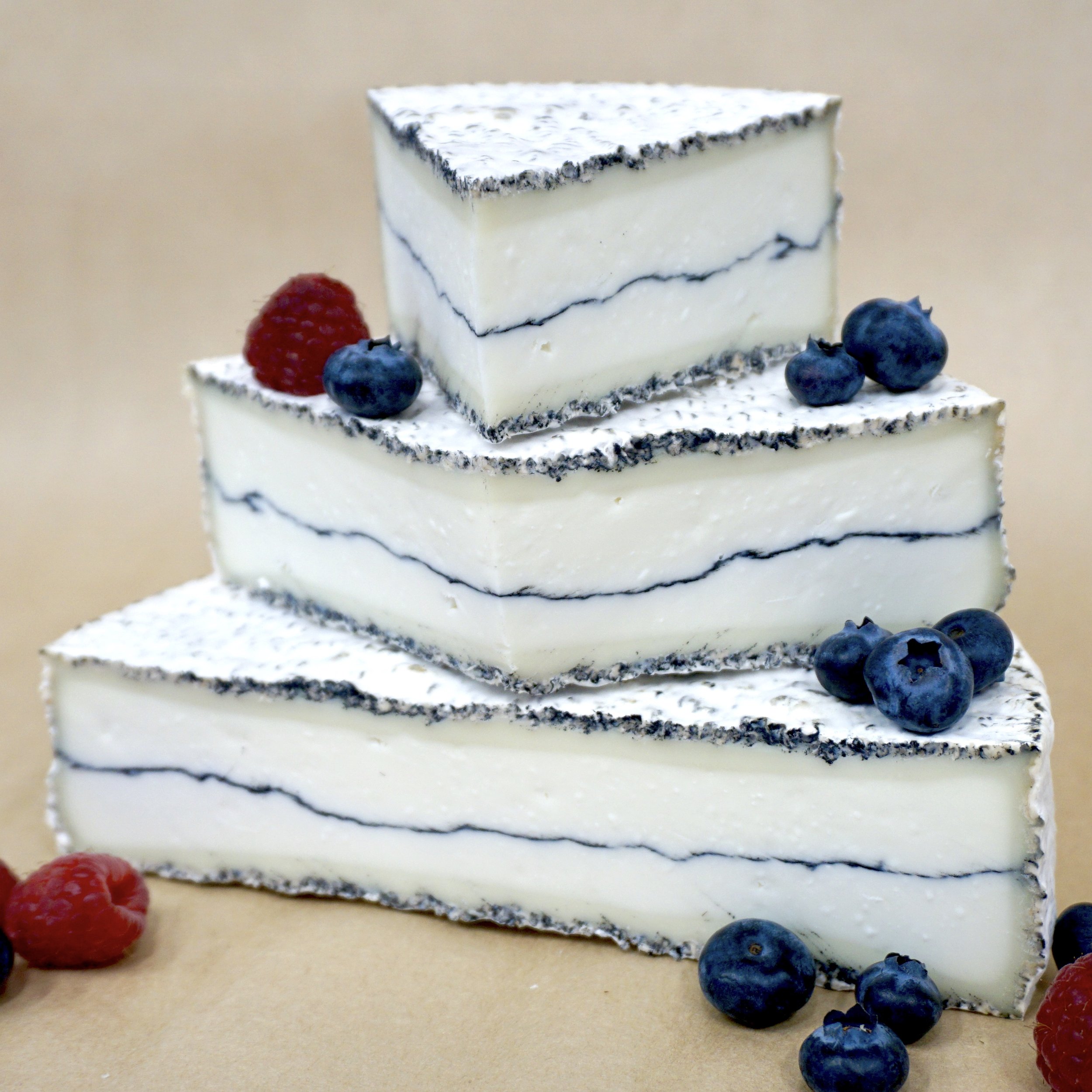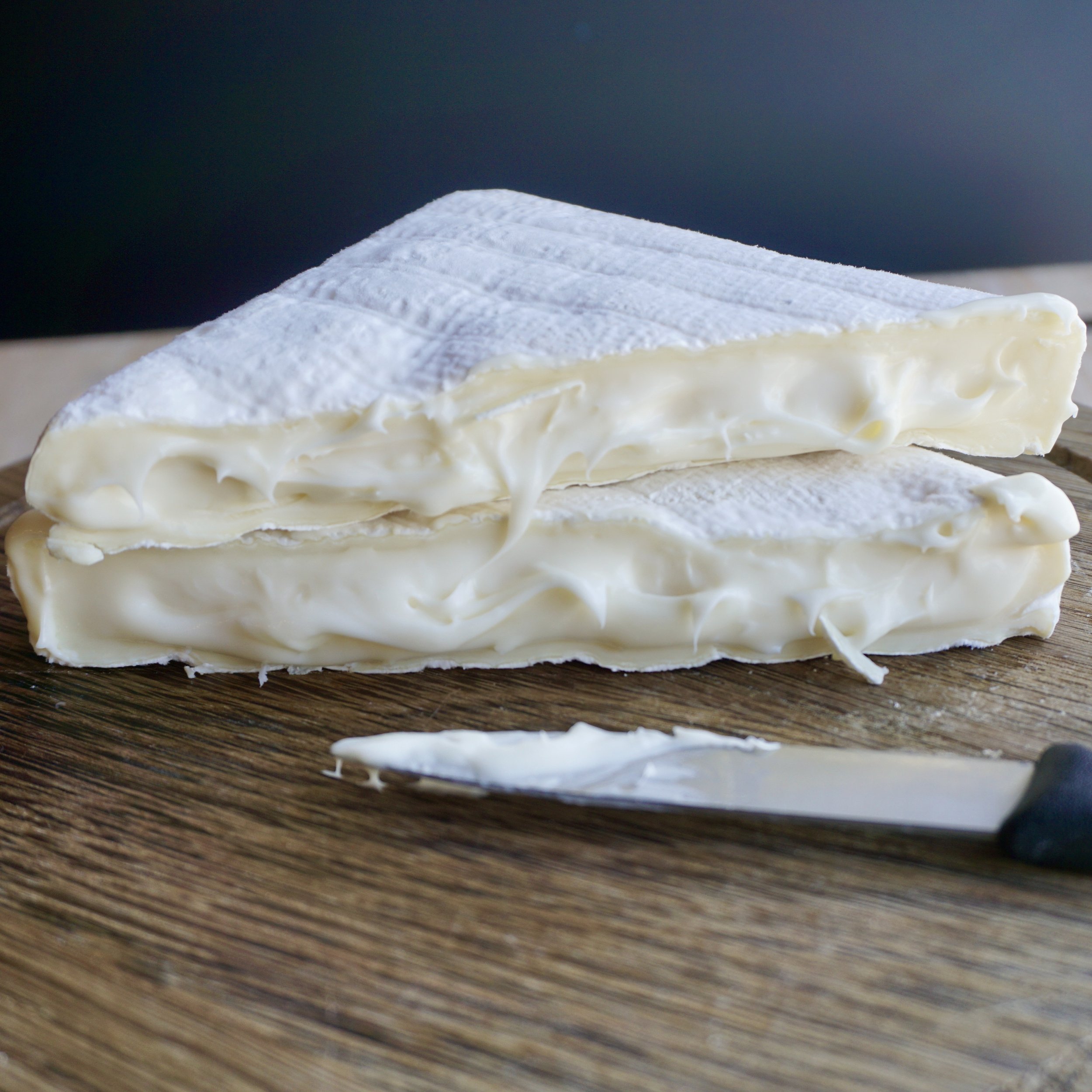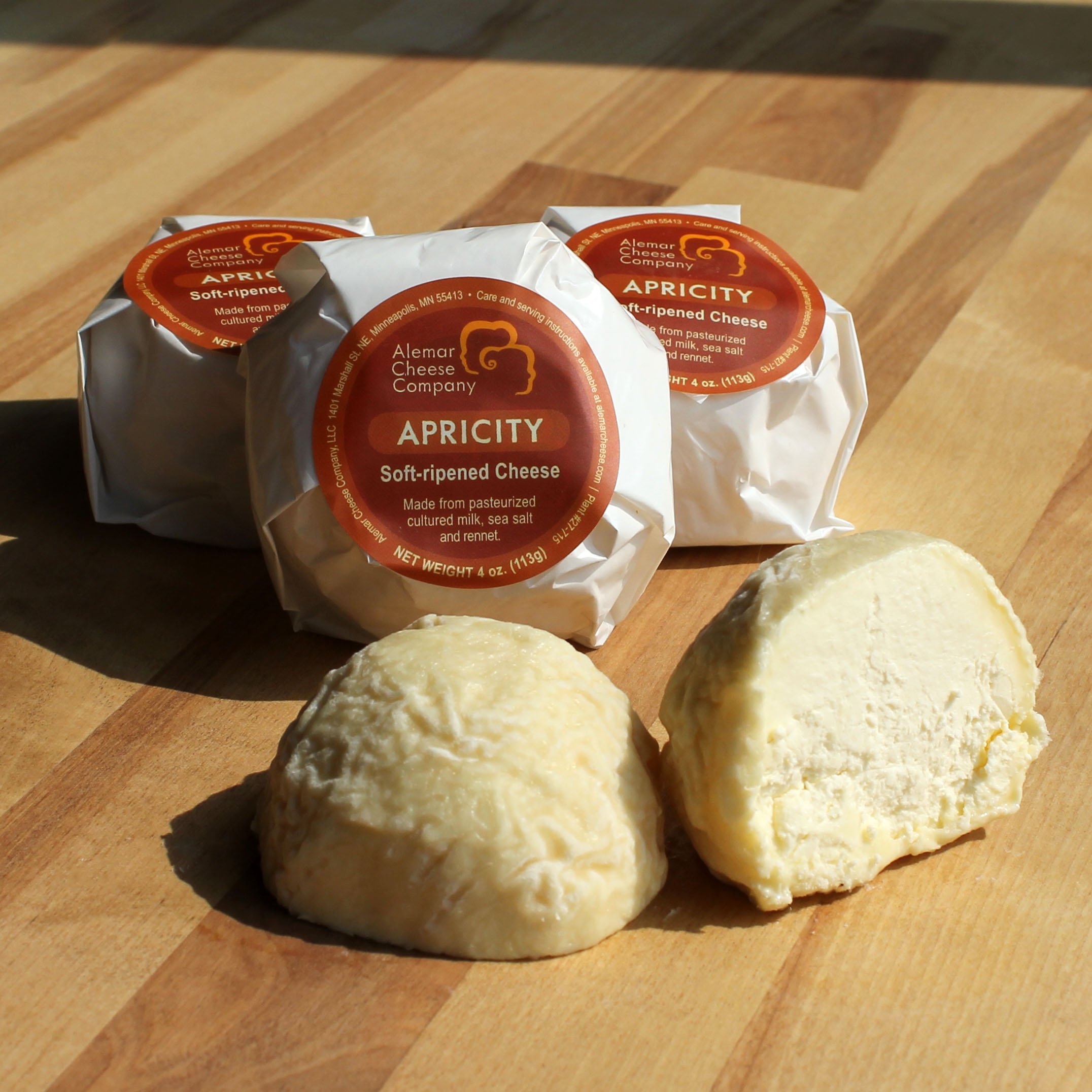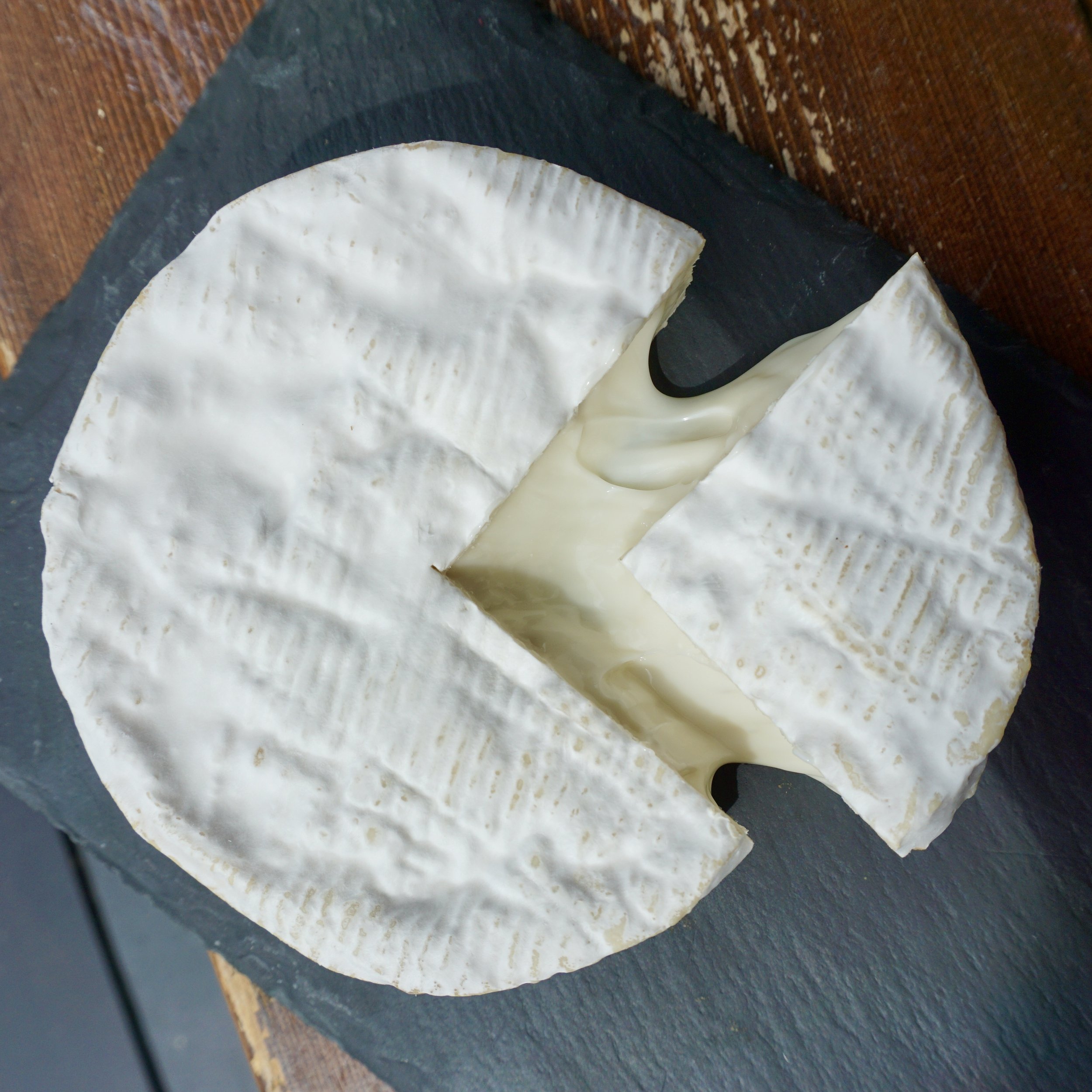by Sophia Stern
Though there’s nothing more iconic than a beautiful brie, there’s a wide world of soft cheese out there.
The word ‘brie’ itself doesn’t mean one thing - it can vary in texture, flavor, size, and milk type. And beyond brie, there are fluffy ash-ripened goat cheeses, spreadable sheep cheeses, wash rind funkers, and a vast array of other styles from all over the world. These young cheeses can be anywhere from a few days old to a couple months, depending on the style. Usually, we enjoy soft cheese at a couple weeks old, hopefully when they’re at their ripest.
Soft cheese is an indulgent, diverse category full of luxurious texture and richness on the palate. To pair these cheeses, we’re looking for wine with a good balance of structure, acid, and flavor. There needs to be enough acid and structure to break through the creamy interior of the cheese, but not so much body and flavor that the poor soft cheese is completely overshadowed. Read below to explore some of the different categories of soft cheese you’ll find in our case and how best to pair them.
Rich and Mild Brie Styles:
If you’re a fan of Brillat-Savarin or other triple creams, you know there’s nothing more divinely decadent than a butter-bomb brie. These cheeses love fruit forward light to medium reds like Gamay or red blends with tons of berry notes. You get an incredible berries and cream effect. If you’re not into the red, you can try these richer cheeses with a fruity Pinot Gris or beautiful bottle of bubbles, as the texture of the sparkling wine breaks through the heavy cream of the cheese.
Pairings to try:
Fromage d’Affinois and Mauny Cremant de Loire 2018
Brillat Savarin and Three Wine Co 'Faux Pas' Red Blend
Earthier Brie and Camembert Styles
A step up in flavor, these cheeses are reminiscent of Brie de Meaux, the protected AOC cheese from France. Because Brie de Meaux is made with raw milk, there are flavor notes of mushroom, forest floor, fresh earth, fall leaves and grass. Though we can’t have raw milk Brie in the United States, there are lots of Brie and Camembert style cheeses that have wonderful depth and complexity, with notes full of earth and roasted vegetables. Try pairing these cheeses with earthier red wine to create a complementary pairing. Pinot Noir from Burgandy or the Willamette Valley will be incredible, as will a Cabernet Franc with vegetable notes like bell pepper.
Pairings to try:
Brie Fermier and Degani Valpolicella Classico
Camembert Fermier and Domaine de Pallus Chinon
Robiola
A silky soft cheese from the Langhe region of Italy, Robiola is a wonderful sidestep if you’re ready to explore soft cheese beyond brie. Robiola is made with varying quantities of cow, sheep, and/or goat milk, making it a well-balanced mixed milk cheese. Try this style with either a light and crisp Arneis, easy and balanced Barbera, or for a party vibe, a glass of fizzy Lambrusco.
Pairings to try:
Robiola Bosina with Chiarli Vecchia Modena Lambrusco
or Angelo Negro Arneis Vino Bianco Unfiltered
Soft Goat Cheese
This category is a little unfair, as there are myriad of young goat cheese styles with their own unique qualities, each deserving their own pairing suggestion. Those details for another time, soft goat cheeses tend to have a few dominate qualities in common. They tend to be bright, tangy, and fluffy in texture with an edge of barnyard funk. These fudgy, lemony cheeses go well with equally zesty Sauvignon Blanc, fruity Cabernets, and bright, crisp rosés.
Pairings to try:
Chabichou du Patiou and Rain Sauvignon Blanc
Blakesville Linedeline and Bieler Sabine Aix-en-Provence Rosé
Note: Thought not a soft goat cheese, Apricity by Alemar has the bright, tangy, fluffy nature of a soft ripened fresh goat sofite. Try Apricity and Peyrassol Rosé
Wash-Rind Soft Cheese
This funkier category includes beauties like Époisses and Langres. Like the soft goats, there's a lot of diversity with young wash-rind cheeses. Some are super creamy and mellow, some are fudgy stink bombs, and everywhere else in between. They can be made with any milk, though we mostly see wash-rinds made with cow’s milk. They are often washed with a salt and water mixture. This washing process gives these cheeses a sticky, strong smelling rind which imparts a ton of flavor as the cheese ages. Sometimes these cheeses are washed in wine, beer, or other alcohol which all impart their own flavors into the soft cheese. Stronger cheeses love some sweetness to balance the funk, so this is a great opportunity to pair with off-dry Riesling or Vouvray. Otherwise, you can pair these rich cheeses with bubbles to balance the intensity of the paste.
Pairings to try:




